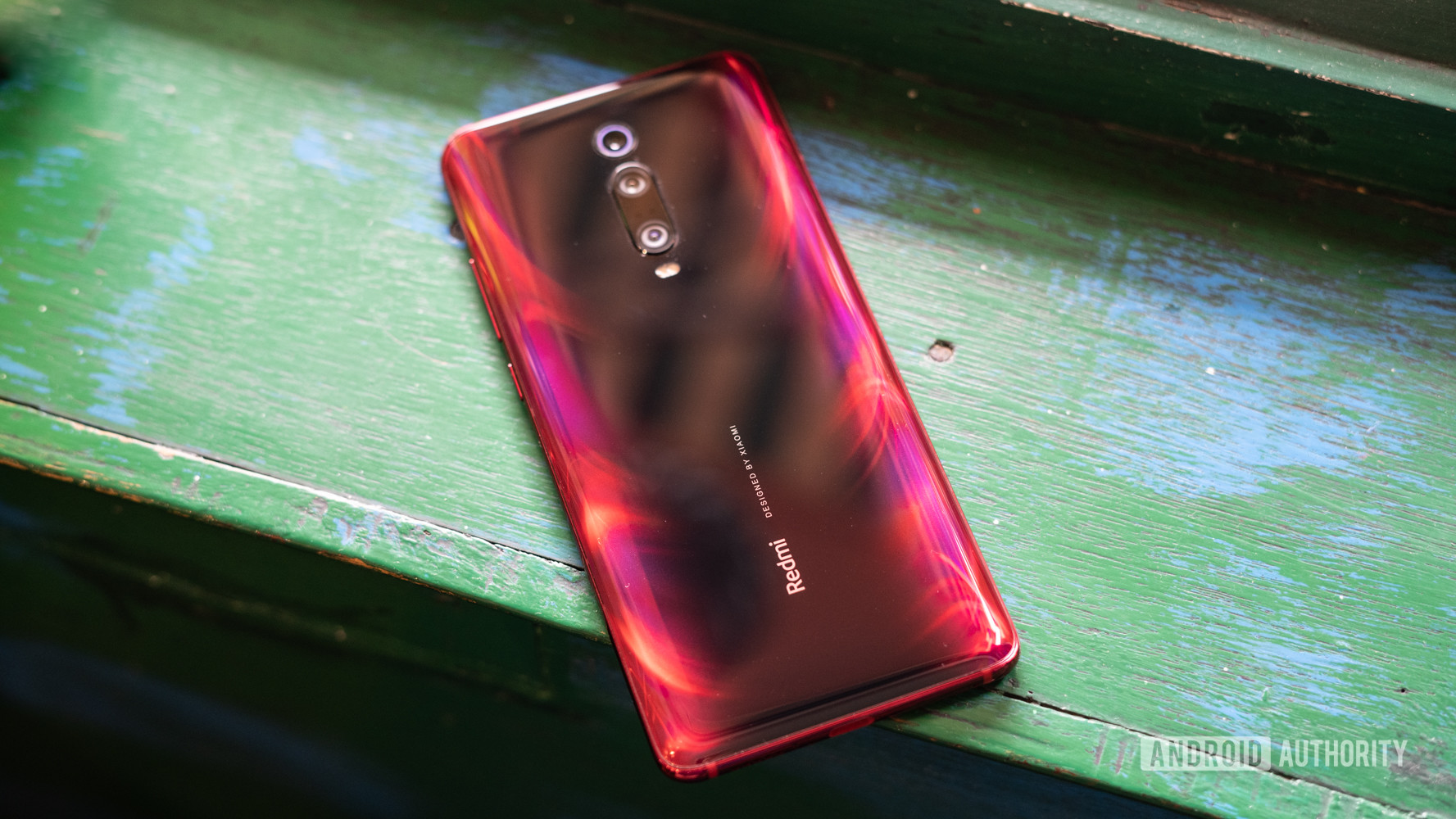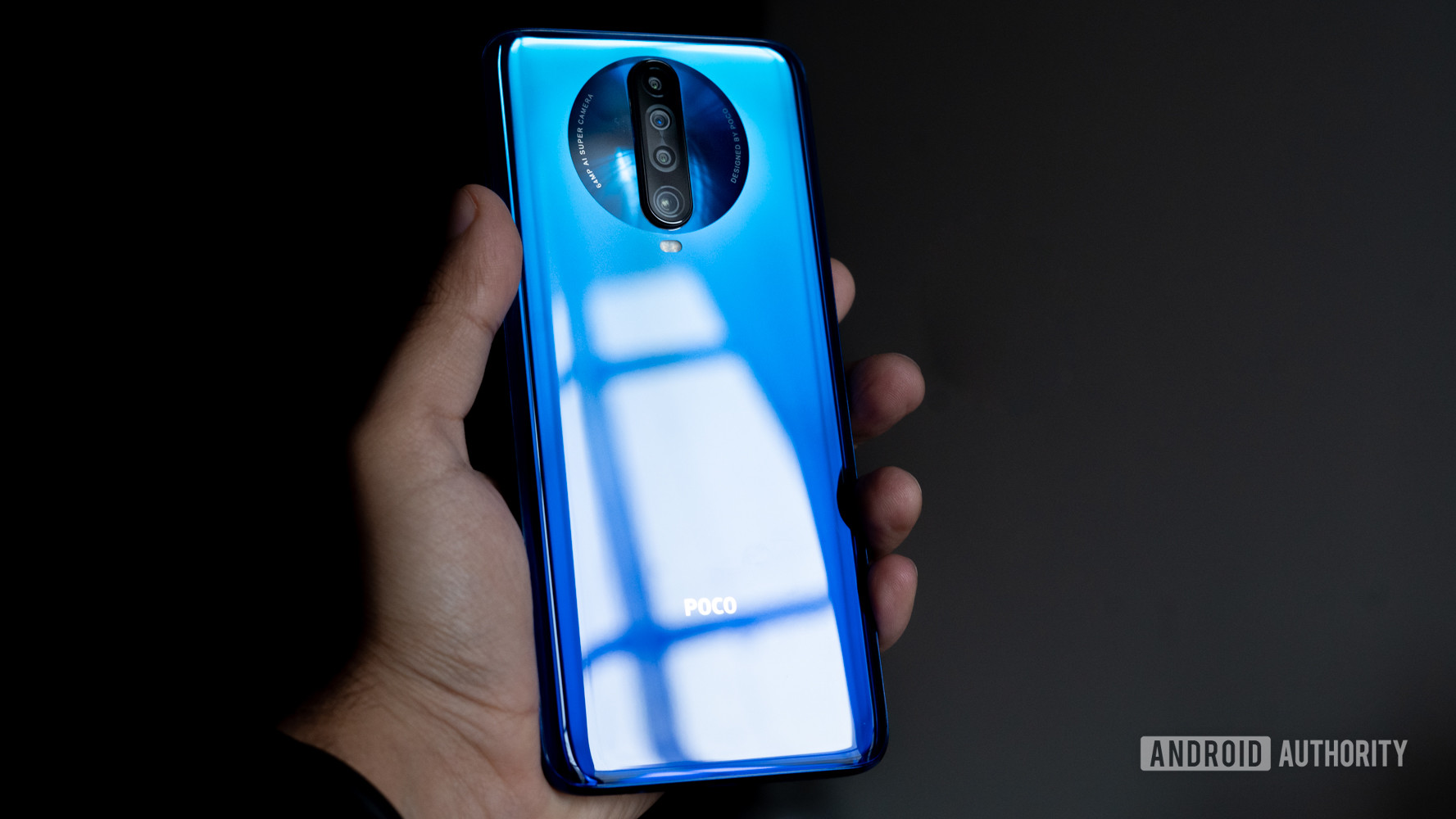 Twitter
Twitter
The launch of the Poco F1 back in 2018 was borderline revolutionary. The phone undercut the competition drastically and introduced top-of-the-line specs at an unheard of price point. No wonder then that the phone managed to develop a cult following that has been clamoring for a successor.
Following radio silence for over a year, Poco finally split up from Xiaomi earlier this year and re-emerged as an independent brand with the Poco X2 in tow. A decidedly mid-range phone, the Poco X2 was not the Poco F1 successor everyone was hoping for.
Now, five months later, Poco is finally introducing the long-awaited Poco F2 Pro. A quad-camera packing, OLED screen-toting, Snapdragon 865-powered flagship apparent, and yet there’s something different this time around. The phone embodies everything the Poco F1 stood for but also deals with the realities of meeting current expectations.
To start with, the phone has got a substantial price bump over the first-gen hardware. The Pocophone F1 launched for €329 (~$356) or Rs. 21,000 in India. In comparison, the Poco F2 Pro starts at a significantly higher €499 (~$539/Rs.40,500), goes all the way up to €599 (~$647/Rs. 48,800) for the top-end variant. That’s a solid price increase that is bound to ruffle a few feathers.
However, to understand the pricing requires you to look at the phone from a different perspective. For all the love the Pocophone F1 got, the phone’s plasticky build, basic 12MP + 5MP camera setup, and the not-so-great display was very apparent. Today, buyers aren’t willing to put up with compromises anymore.

The Poco F2 Pro is a thorough revamp that can genuinely attempt to take on current-gen flagships. The glass and metal design is not just eye-catching but should feel great in the hand. Add to that a significantly upgraded camera system, support for NFC, a headphone jack (remember those?), an OLED screen, and the Snapdragon 865 chipset, of course, and the phone starts looking like a rather good deal.
But with all these changes, is the Poco F2 still the ultimate flagship killer? To find out, let’s take a look at how the Poco F2 Pro stacks up against the competition in its two core markets: Europe and India.
How does the Poco F2 Pro fare in Europe?

While it still isn’t a household name, in terms of price-performance ratio the Realme X50 Pro is the most obvious competitor for the Poco F2 Pro in Europe. Realme has taken Poco’s formula and fine-tuned it even further. Prices start at €599 or £569 in the UK, but the Realme X50 makes up for the slightly higher price tag with a 90Hz display.
Elsewhere, the phone tosses in a 12MP telephoto lens that is bound to be more useful than the Poco F2 Pro’s telephoto macro lens. It’s not all rosy though, and if the presence of a headphone jack is a dealbreaker for you, the Realme X50 Pro will disappoint.
The Realme X50 Pro might be a bit more expensive, but it delivers a more well-rounded package for the cost.
Finally, there’s something to be said about the Poco F2 Pro’s significantly larger 4,700mAh battery over the 4,200mAh battery in the Realme X5o Pro. That said, the Realme X50 Pro makes up for it with a 65W charger whereas the Poco F2 Pro tops off at 30W.

Another potential alternative to the Poco X2 is the OnePlus 8. Priced starting at €699/£599, the OnePlus 8 gets you a 90Hz panel, but not much else for a whole extra €200. OnePlus has been consistently climbing up the price ladder and it has never been more obvious as with the OnePlus 8 series. You are paying for the extra attention to detail, craftsmanship, and branding than just the hardware cost itself.

But that’s not all. Look, power isn’t everything and the diminishing returns of having the top chipset vs a mid-tier one are starting to show.
Samsung introduced the Galaxy Note 10 Lite and S10 Lite earlier this year, two devices that we found to offer a decent bang for your buck. The phones are priced slightly higher than the Poco F2 Pro, but bring with them features that were so far exclusive to top of the line Samsung hardware. The Note 10 Lite, in particular, gives you the S Pen experience at almost half the price point, a feature that no other phone can claim to have. Meanwhile, the S10 Lite has a quality build, very good cameras, excellent performance, and most importantly the brand presence of Samsung.
The Pixel 3a proves that specs aren’t everything and a high-quality camera, clean user experience can be enough.
Elsewhere, phones like the Google Pixel 3a have proven that people might not necessarily care about specs. The little wonder has sold particularly well on the back of its flagship-grade camera, clean user experience, and affordable price point. There’s also the Pixel 4a coming which may be worth considering.
Now, I can’t really recommend going down this route right now, but the affordable phones from Huawei sub-brand Honor are also alternatives that you could consider. The hardware is still good, cameras more so, but the current situation with the US ban and its impact on support for Google Mobile Services makes it very hard to recommend the phones.
And then, there’s the elephant in the room. After months of rumors, Apple surprised no one by introducing the all-new iPhone SE, but what was surprising was the presence of the same internals as the top-of-the-line iPhone 11 series. In fact, some would say that this is the real competitor to the Poco F2 Pro. The fastest smartphone chipset around, a world of high-quality apps, access to the entire Apple ecosystem of products all for €479? That’s something I never thought I’d see.
Related: iPhone SE: The right phone at the right time, and that’s bad news for Android
Can the Poco F2 Pro compete in India?

For a brand that launched first in India, Poco hasn’t announced any plans for the Poco F2 Pro in India. There is historical precedence to suggest that hardware can and often is priced lower in India than in other markets. However, even factoring that in, there is no doubt that the Poco F2 Pro will be significantly more expensive when it goes up against the stiff competition.
Like Europe, the Realme X50 Pro is an obvious competitor that has been priced to move in India. With a base price of Rs. 39,990 (~€499), the phone is aggressively priced. However, there’s another Snapdragon 865 running phone that manages to undercut it even further.
The iQoo 3 shows us just how affordable Snapdragon 865 hardware can get.
We didn’t rate the Iqoo 3 too highly in our review, but starting at Rs. 34,990 (~€430), it gives us a good idea of just how low similar hardware can be priced. We panned the derivative design and the average cameras, but the phone managed to bring the power of the Snapdragon 865 chipset alongside nice to have features like air triggers and 55W charging to a whole new price point.

In addition to devices like Galaxy S10 Lite and Note 10 Lite, India presents a range of alternative options that provide a credible alternative to the Poco F2 Pro. In the sub-30,000 rupees (~€360) category, the Redmi K20 Pro delivers a Poco F2 Pro-like experience albeit with a Snapdragon 855 chipset instead of a Snapdragon 865. The camera set up here however is a significant step up over what the Poco F2 delivers and puts it at a very interesting position against the Poco F2 Pro.
Meanwhile, Apple’s iPhone SE launches in India soon enough with a price tag that starts at Rs. 42,500 (~€520). The 2020 edition of the iPhone SE is an incredible piece of kit that marries top-end performance with all the features you need, none that you don’t to deliver an experience that gets remarkably close to Apple’s high-end hardware.
And of course, there’s the OnePlus 8. Compared to Europe, the phone starts at a mere Rs. 41,999 (~€510), a significant step down over pricing in other markets.
Is the Poco F2 Pro value for money?

To understand the Poco F2’s value proposition, it is important to look at the broader perspective. Phone prices have gone up significantly since the launch of the Poco F1, and the F2 Pro reflects that hardware reality.
The Poco F2 Pro is still a flagship killer, but it isn’t the only player in the game.
With high-end smartphones crossing $1,000 and often going up significantly over that, the Poco F2 Pro is an absolute steal. However, no longer is it alone in offering value. The competition has all but stolen the Poco F2 Pro’s thunder by introducing top-of-the-line specs and arguably a more well-rounded package for not much more money.
We’ll have to wait until our full review before we can declare a final verdict, but for now one thing is very clear: the Poco F2 Pro is still a flagship killer, but this time around, it isn’t the only one.
More posts about poco









